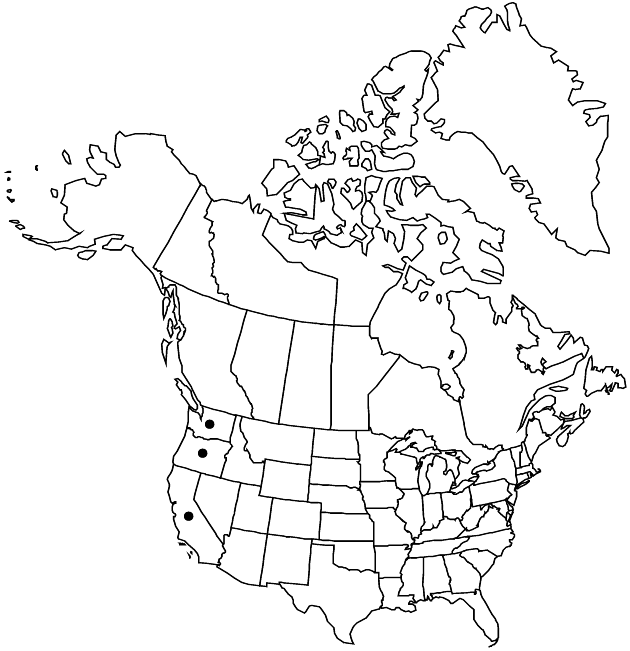Erechtites glomeratus
in A. P. de Candolle and A. L. P. P. de Candolle, Prodr. 6: 297. 1838.
Annuals or perennials, (20–)100–200 cm (gray- to white-villous or -tomentose, often unevenly glabrescent). Taproots with branching lateral roots. Stems 1, erect. Leaves evenly distributed (proximal withering before flowering); petioles weakly defined, ± clasping; blades lanceolate to narrowly lanceolate or lance-linear, (2–)7–15 × 1–4 cm, margins pinnatifid to pinnately lobed (lobes often sharply dentate) or dentate (distal leaves bractlike). Heads (20–)40–120 in loose, corymbiform arrays (sometimes arrays of clusters). Involucres cylindric or turbinate, 4–7 mm. Phyllaries usually 13. Receptacles 2–5(–6) mm diam. Cypselae 1.2–1.5 mm, puberulent in lines or grooves between the relatively broad ribs. 2n = 60.
Phenology: Flowering summer–early fall.
Habitat: Disturbed sites, mostly coastal
Elevation: 0–300 m
Distribution

Calif., Oreg., Wash., Pacific Islands (New Zealand), Australia.
Discussion
Selected References
None.